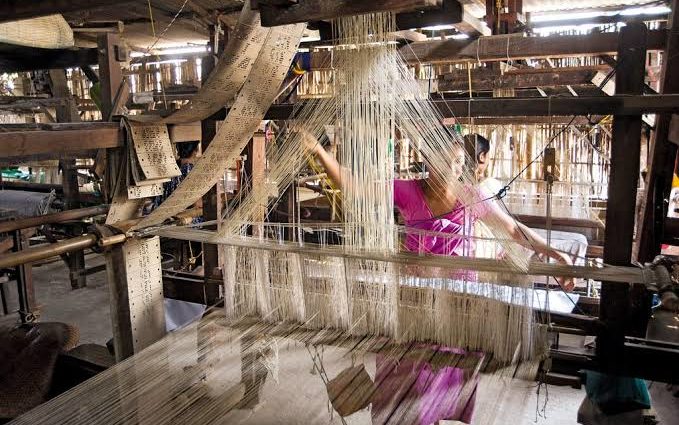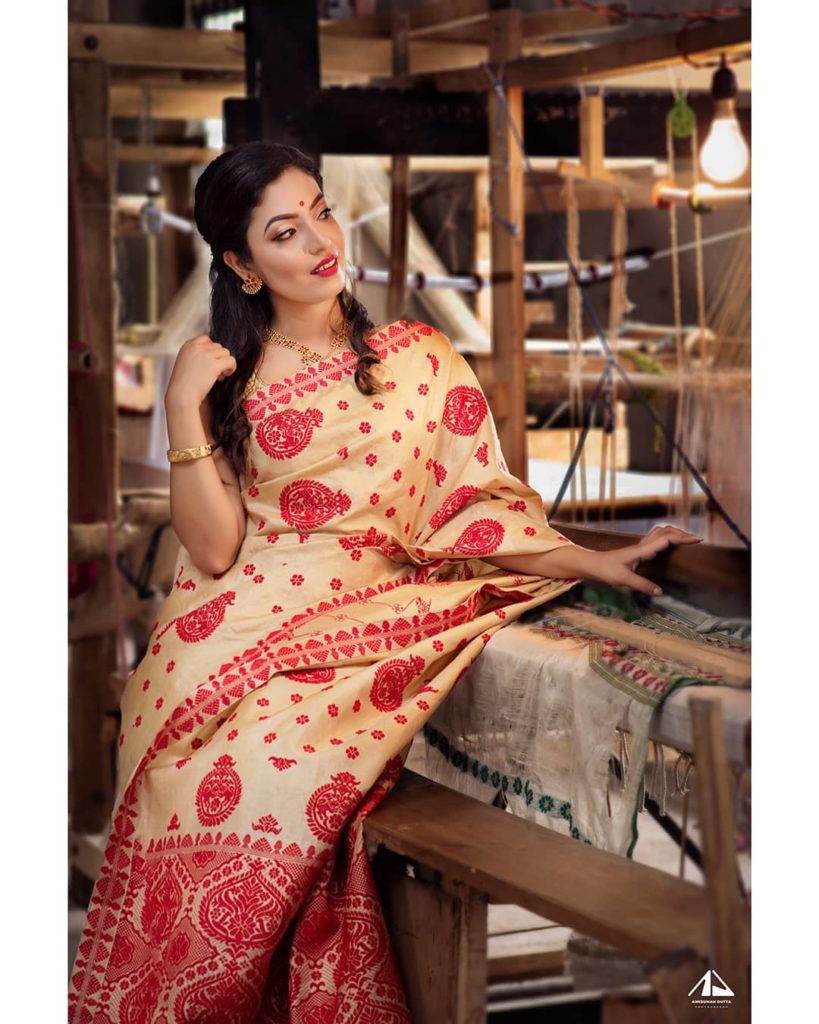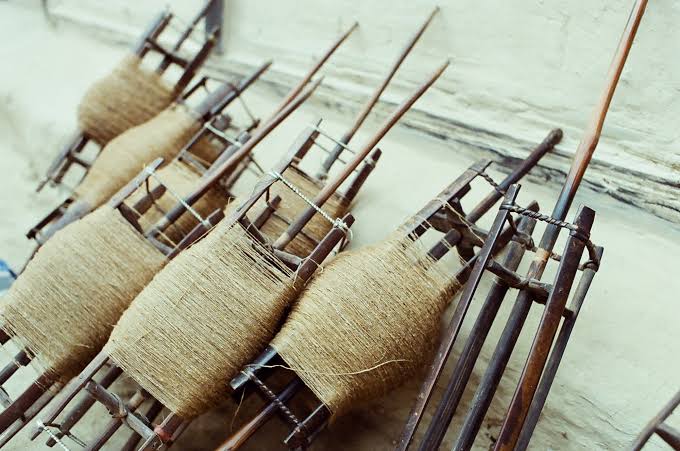Northeast India has a very rich tradition of handloom products. Among the most popular ones, Assam Silk is definitely noteworthy. It has a huge demand of these products across the country and abroad.
The unique silks produced in the state are both luxurious and enchanting. On the occasion of National Handloom Day, Discover East brings to you a list of the three natural variants of Assam Silk.
Muga Silk
This is probably the most popular of the silks produces in the State because of its beautiful golden color. Muga Silk has been given the Geographical Indication (GI) status since 2007 and the logo for authentic production has been registered with Assam Science Technology and Environment Council. The Central Silk Board of India has the authority to inspect Muga silk products, certify their authenticity and allow traders to use the GI Logo.
Eri Silk
This silk is known as the non violent silk as to produce this the pupae of the silk worm is allowed to develop. Once it turns into adult, the open ended cocoons is used for extracting silk. It is produced by Samia cynthia ricini which feeds on leaves of castor oil plant. This silk is warm hence best for quilts or shawls.
Paat Silk
Paat silk is the third type of silk is produced in Assam. It is produced by Bombyx textor silkworms which feed on mulberry (Morus spp.) leaves. It’s color is usually white or off-white. This silk is a must have in Assamese weddings.
Due to modern day forgery and technical information, its very easy to make fake versions of these handloom products. So whenever you decide to buy Assam Silk, do ask proof of authenticity.
(Feature image source: Himangshu Takukdar)




